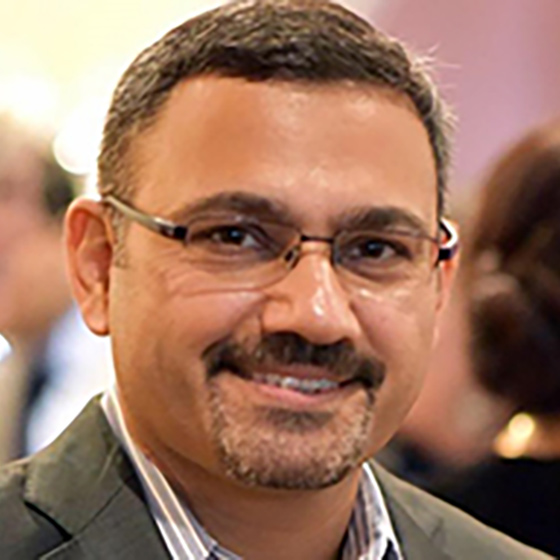

Shahid
SPE Distinguished Lecturer

Shahid Azizul Haq, “Reservoir Engineering While Drilling” in Horizontal Wells
Shahid Azizul Haq is Reservoir Engineering Advisor at Schlumberger. Over the past 10 years of his 32-year career, he has been Global Reservoir Engineering Domain Head for the drilling and measurements division. His particular focus is on reservoir engineering while drilling in horizontal wells, for which he pioneered real-time productivity steering.
Shahid has co-authored 30 papers and submitted 6 patents. He has been a member of SPE, SPWLA and IPTC program committees and received the 2017 SPE Regional Service Award for Gulf Coast North America.
Explain the topic of your SPE lecture.
“A reservoir engineer’s work is typically done before a well is drilled—identifying the location of rock and hydrocarbons—and after the well is drilled, helping to maximize hydrocarbon production and recovery.
Some years ago, I started to think about the “while-drilling” environment in horizontal wells, and began developing ideas about what reservoir engineering had to offer, especially in wellbore steering.
Wellbore steering has evolved over the last 40 years. First it was geometric—to hit a predetermined target. Then it became geological reading the wellbore and steering through the immediate geological environment. Then, as we got better at looking around the drilling assembly with acoustics and resistivity, we could steer accordingly.
Now, I’m advocating productivity steering. That is, in addition to steering using static information from logging while drilling), incorporate in the steering workflow dynamic information such as pressure and fluid measurements to maximize hydrocarbon production as we go.”
What enables this new approach?
“Computing power. We can simulate so much more quickly and make decisions in minutes. And, cloud data storage enables collaboration as never before. Data is accessible, so domain experts don’t need to work sequentially.
As reservoir engineers, the best practices we used to implement after the well was drilled can come into play while the well is being drilled. There’s a periodic window of about 10 minutes when the drill is stationary for pipe connections to be made. We can now see multiple layers, assess options, update data and offer steering decisions within that ‘relevant time’ window.”
Why is this important to the industry today?
“With the advancement in horizontal drilling technologies and high constraint on costs per barrel of oil produced, the number of horizontal wells has gone up to develop oilfields. Horizonal and high angle wells account for more than 75% of development wells in conventional reservoirs today. Nobody expects oil prices to return to their previous highs, so we have to adapt our workflows.”
What response have you had to your lecture so far?
“The collaborative workflow of productivity steering is very well received by the asset managers. For senior subject matter experts, I may be causing an identity crisis as I am asking for collaboration rather than integration. But for students, I hope it’s motivating and inspiring. They wonder if the industry is still a good career option, and with my lecture I’m saying yes—just don’t expect to be a traditional reservoir engineer or geoscientist. Today, we need you to be a petrodigital expert instead of the conventional petrotechnical expert.”

Reservoir Engineering Advisor
Start Date: 1988